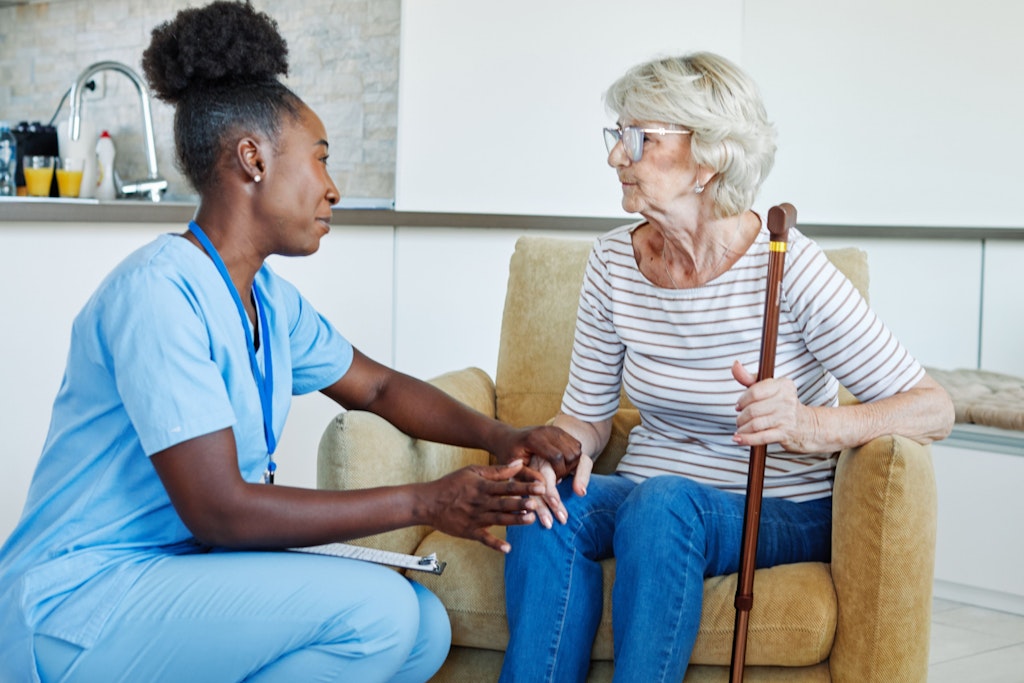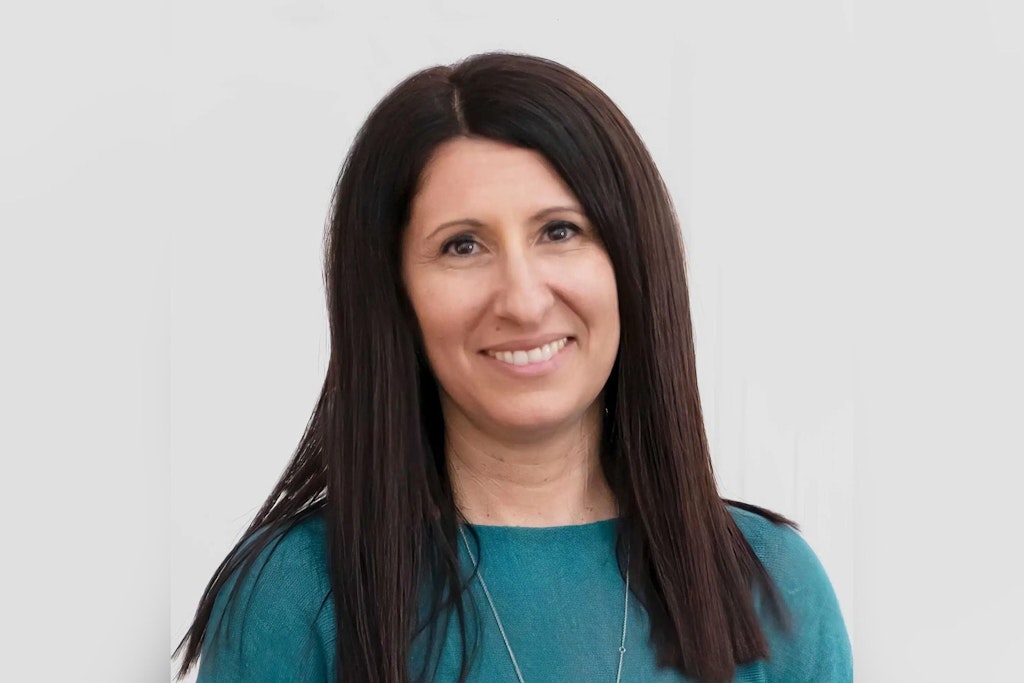More consumer communication equals learning opportunities for providers
Last updated on 28 February 2024

After the COVID-19 pandemic brought accessible technologies into the homes of many older Australians who had previously had very little to do with smartphones and video calls, technology’s next ultimate goal appears to be streamlining communication between aged care consumers and service providers.
Key points
- At a Government level, provider governance reforms have mandated the likes of consumer advisory bodies for residential aged care and Home Care Package (HCP) providers, while service providers also have their own feedback avenues
- The Residents’ Experience Survey influences the Residents’ Experience star rating and Overall Star Rating for residential care providers
- However, poor communication has been cited as a recurring issue in aged care, as reported by the Older Persons Advocacy Network in their major 2023 report
With recurring communication issues in the aged care sector, there’s plenty of room for growth. Greg Satur, CEO & Co-Founder Hayylo, told hello leaders that providers are often struggling to effectively analyse and respond to their clients’ feedback due to outdated feedback methods.
“A lot of the interactions between clients and providers. they’re invisible, they happen and someone writes a note. Collecting this information is valuable because we look at it in terms of early prevention,” Mr Satur said.
“If we can catch a challenge or friction early our customers can get in front of it. Information that’s been invisible for so many years we can now quantify and make business decisions on it.”

One of the ongoing challenges in streamlining communication channels between older consumers and aged care providers is the technological divide. Over 80% of people aged 65 and older struggle to adapt to changes in technology, with one in four Australians classified as digitally excluded.
As a result, Mr Satur highlighted that most older Australians still rely on phone calls as their main form of communication with service providers, yet this often results in slow communication pathways and mismanagement of feedback. With the advent of a new home care system, Support At Home, he said it’s time to focus on how providers can give their customers more.
“How can we be more customer-centric? It’s represented in some of the non-compliance feedback you see coming back from audits, which is really around how can we listen better to our clients’ needs. Then it’s about how can we help them express those needs and synthesise that information,” Mr Satur said.
Tapping into a growing comfort
Efficiently collecting important information regarding services, staff performance, client happiness or even requests to change appointment times requires one thing; consumer buy-in. This can be difficult to achieve when the consumer base is older and less adept at taking on new technologies.
Yet the last few years have seen assumptions such as this knocked down. Older people are more willing than ever to try new things if it means they are more likely to be seen and heard with the COVID-19 pandemic accelerating the technological embrace.
Annette Hili, AlayaCare General Manager ANZ, explained to hello leaders that many older consumers have overcome their fears of using technology after COVID-19 cut off traditional face-to-face interactions, while restrictions meant smartphone check-ins were the norm.
She said the crisis sped up digital transformation as providers turned to video calls to enable connection during lockdowns, and now is not the time to stop harnessing the opportunity for further digital engagement.
“People want to live in their own home because that’s where they prefer to age. The challenge is you end up having people in the community who don’t necessarily have a lot of family or friends nearby. Technology can play quite an important role in making that connection feel much easier,” Ms Hili said.

“The interesting thing about technology is it often frightens people, particularly the older generation who didn’t grow up with technology in their everyday lives, but it’s a psychological barrier more than anything.”
“There was always an out before… You think about it even from the perspective of what aged care providers were doing with clients to help them connect with their loved ones outside, they were using Facetime and Messenger. Nobody wanted to see these barriers anymore,” she added.
Hayylo’s data shows older consumers are engaging more and more with technology, with the initial rate of interaction sitting at less than one in five users. Now, it’s closer to 50% with the strongest performers seeing almost four out of five older consumers connected via their app.
With older consumers feeling more comfortable with technology, they have found their voices with providers. They feel empowered by collaboration and channels of communication that have an instant impact, whether it’s automated rescheduling or providing feedback on a service. This is driving the current digital transformation period, connecting the last few dots between providers and consumers.
“[Hayylo usage] has accelerated a lot in the last year and more specifically in the last six months. Part of that’s about the reform timeline, giving aged care teams a moment to look inwards, and outwards to understand strategic pillars and what they would like to focus on,” Mr Satur added.
“Strategically we all need to connect with customers we work with. That last mile of connectivity hasn’t been there for most teams in the past, but now there are now viable ways to do it.”